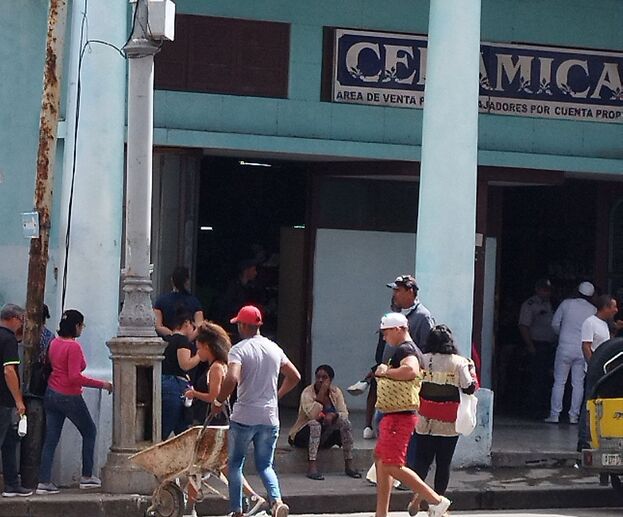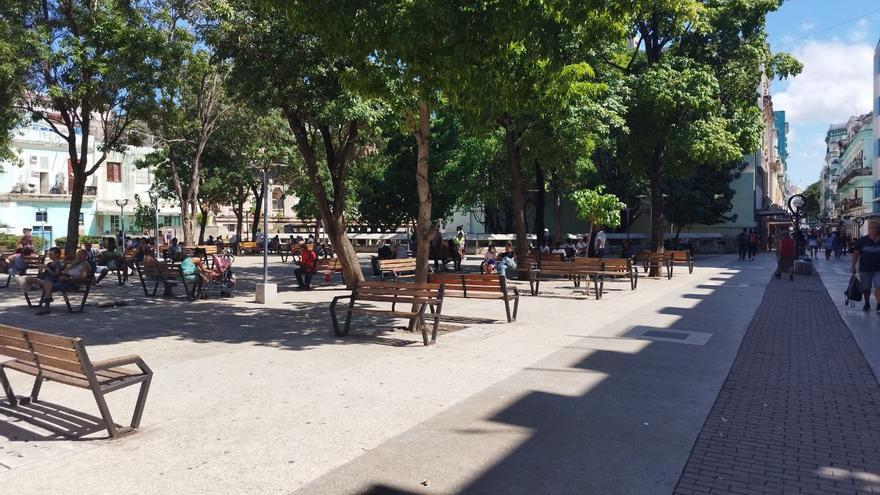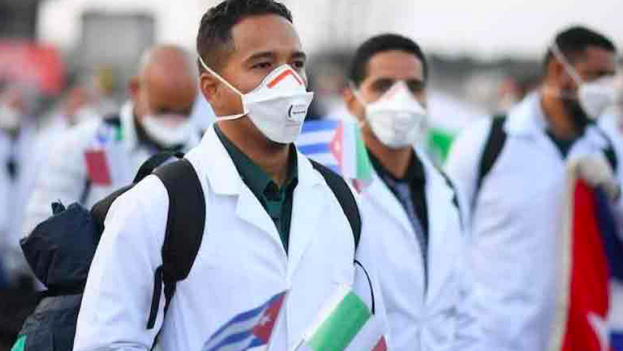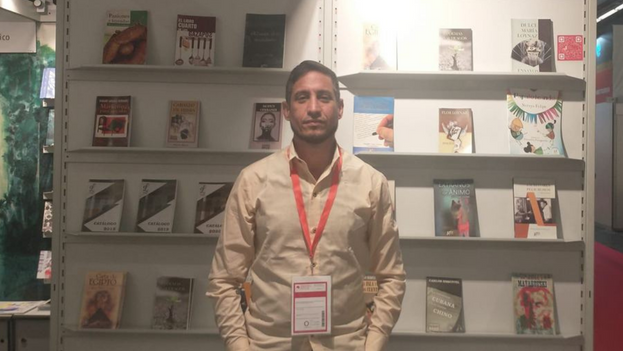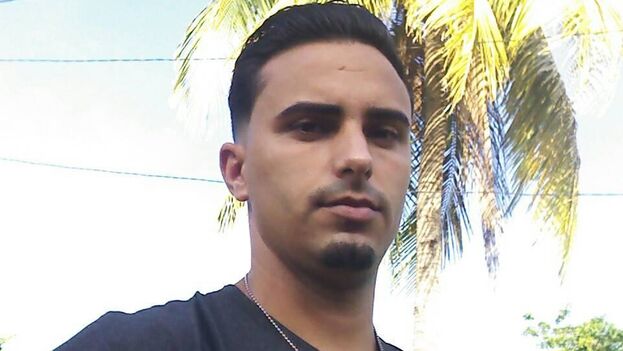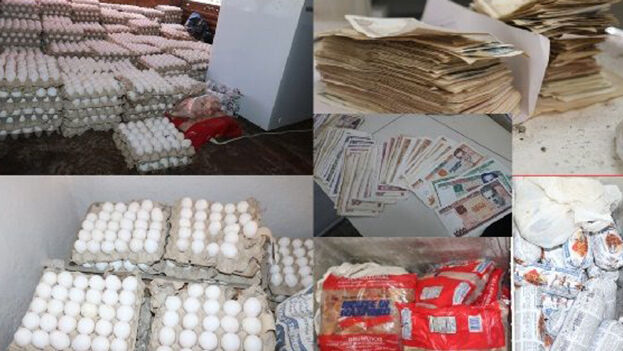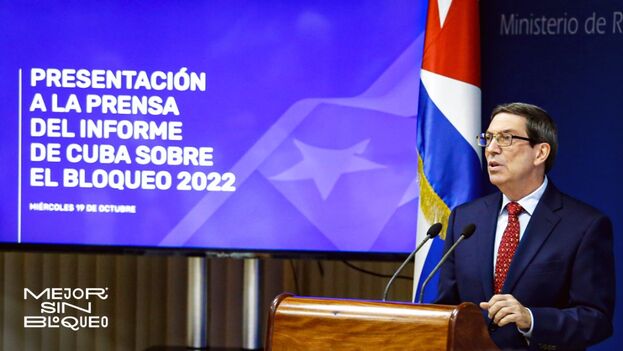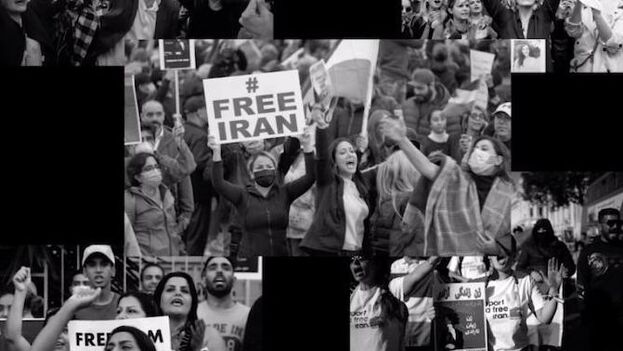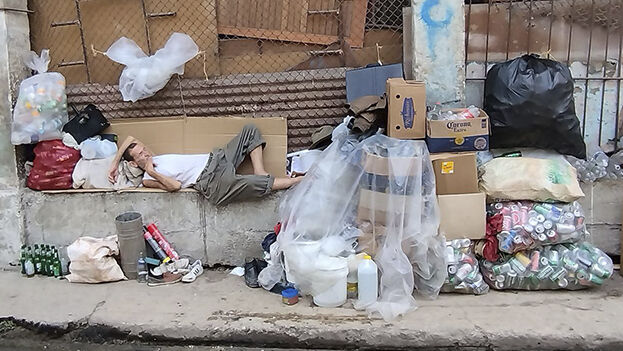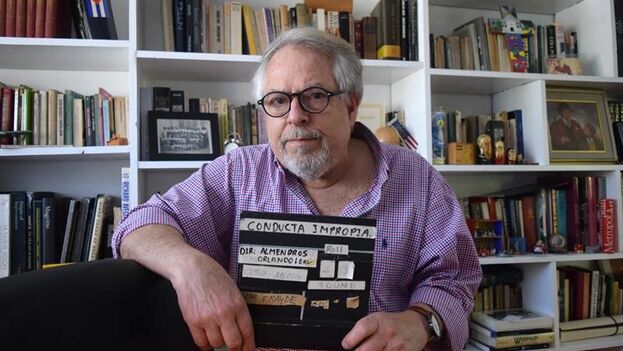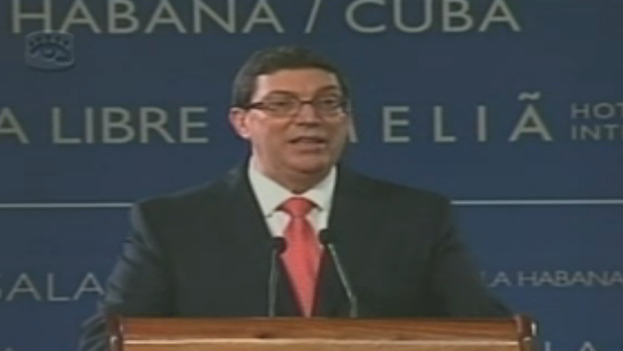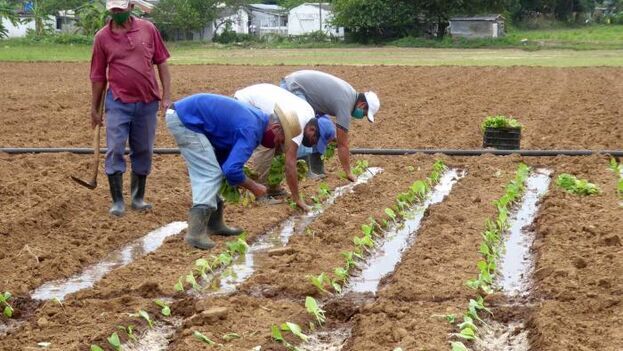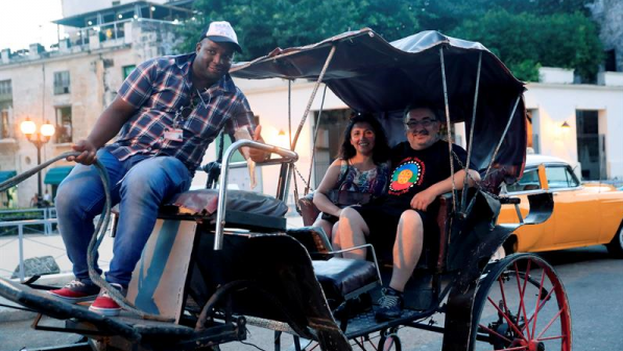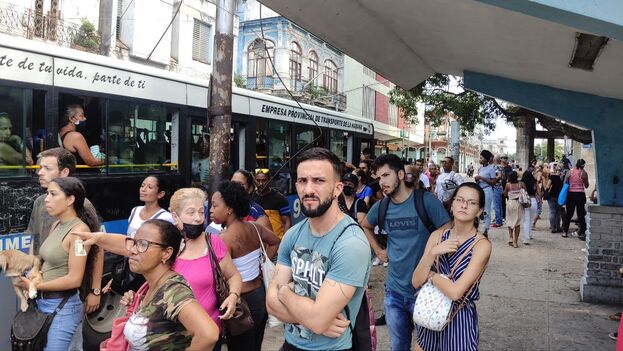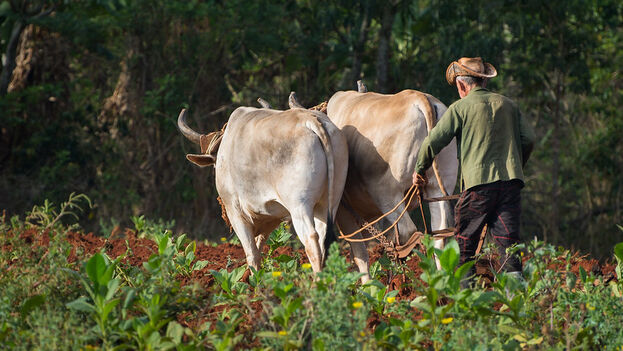
![]() 14ymedio, Elias Amor Bravo, Economist, October 22, 2022 — There is not a single country in the world whose leaders spend as much time, or consume as much energy, revising and perfecting systems for monitoring and controlling the economy as Cuba. If one were to add up all the hours dedicated to this task, they would surely set a world record for pointless activity.
14ymedio, Elias Amor Bravo, Economist, October 22, 2022 — There is not a single country in the world whose leaders spend as much time, or consume as much energy, revising and perfecting systems for monitoring and controlling the economy as Cuba. If one were to add up all the hours dedicated to this task, they would surely set a world record for pointless activity.
The consequences are plain to see. The communist economic model, obsolete and exhausted, is one of chaos. The more power its leaders have to devise legal tools and implement action plans for involving themselves in the economy, the worse it gets. Things work better without so much tinkering, oversight and control.
But will the communists acknowledge the failure of their system after sixty-years? Not in your dreams. On the contrary, Granma recently published an article, “Stay on the Path That’s Been Approved,” in which it reports that Prime Minister Manuel Morrero met with the country’s governors and their managers in the Palace of the Revolution to “promote high-priority programs and step up efforts to combat illegal activity.” Granma says his remarks were “right on target” but we fear they will be of little use. Let’s look at why.
Marrero stated that, even when a provincial or municipal problem concerns the central government, it may not be best resolved at the national level. In many cases, he pointed out, the best solution is a local one that takes into account to the conditions of a particular region. What problems is Marrero talking about? The usual ones: “Illegalities and violations that undermine the institutional framework and undermine governmental management.” Therefore, he points out, “the irregularities which are being committed today with such impunity, which have such a direct impact on the public, cannot be tolerated.”
What kind of “irregularities” is Marrero worried about? The ones he is supposed to fix. For example, the recurring issue of accounts receivable and payable. According to the prime minister, this area has been a breeding ground for corruption and criminality. A series of ongoing defaults, in which goods and services are provided before they have been paid for, is an example of poor economic management. This kind of financial malpractice results from the collusion and improvisation endemic to a communist economy. continue reading
Another irregularity that keeps Marrero up at night is the issue of coleros,* which he discussed during a meeting dubbed “Operation Anti-Colero.” This initiative is supposed to put an end to the widespread climate of disorder and illegality caused by the serious economic crisis that the nation’s leaders are incapable of solving.
There was also talk during the meeting about the low productivity of farmland and its impact on the nation’s food supply. The 63 measures intended to encourage the agricultural sector have been a failure. This was confirmed by the National Office of Statistics and Information, which reported that agricultural output has fallen for three consecutive quarters. Marrero was in charge of promoting an alternate reality that nobody else in Cuba has experienced, claiming that hard-to-find produce and other agricultural products were making their way to Cubans’ tables. The truth is that no such data confirms this phenomenon. Food in Cuba is scarcer now than it was a year ago. And its price has skyrocketed, with food inflation twenty points higher than the CPI average.
The problems are the same as always and caused by the regime. Besides the 63 agricultural measures that have not worked, there have been delays in leasing idle land to farmers and delays in the planting of seasonal crops. More than 3,800 hectares have yet to be planted and acreages set aside for growing banana, sweet potato and malanga have been reduced. As long as food is not a priority, the situation will only get worse.
There was also talk about meat and milk not being delivered, how roughly 4,143 suppliers have not fulfilled their contracts with meat companies. National leaders called for local authorities to conduct a case-by-case investigation but we already know the reason for this. It has to do with the disconnect between supply and demand, which is caused by sweeping state interventionism.
The communists feel they need more control, not in general but at the municipal level. The reality, however, is there is already too much control, rigidity and interventionism. If producers had more freedom to produce and to trade with whomever they wanted, the situation would be very different. There are already plenty of tools for control at the municipal level in the Castro economy.
Unlike what was claimed at the meeting, the process by which the state contracts farmers to grow food is burdened by excessive government control and interference. What is really needed is what Vice President Valdes Mesa called spontaneity. He should know because he remembers what Cuba was like before 1959. At that time, there was one cow for every person and no one had trouble finding meat to eat or milk to drink. Not only was there spontaneity back then, there was freedom too.
The meeting also addressed the subject of housing, one of the most intractable problems facing the country. Concerted efforts have yet to made on the ground, leading to understandable public frustration. It was announced at the meeting that, as of late August, 15,790 homes had been completed. Of those, roughly half had been built by their owners and 1,985 were basic housing blocks. With fewer than 30,000 new units in 2022, it looks like another terrible year for housing. Meanwhile, some observers say the country needs another million new units.
Housing construction is still not keeping pace with the production of building materials such as stone, bricks, concrete blocks, roofing and flooring. But the problem goes beyond the materials themselves. What is needed are builders capable of handling large-scale construction and remodeling projects.
The Maternal and Child Care Program was discussed at the meeting also. As of October, 72,846 live births and 539 deaths were recorded, and an infant mortality rate of 7.4 per 1,000 live births. The most common causes of death were perinatal conditions related to prematurity, low birth weight and intrauterine growth retardation, followed by congenital deformities and sepsis.
The problems with the program, such as staff shortages, ineffective attempts to reduce premature births and prenatal diagnostic errors, require immediate attention. What also requires attention is the mortality rate — currently, no one knows what it is — along with the fertility rate, a measure of the number of births by women of childbearing age. Cuba’s fertility rate happens to be one of the lowest in the world, which does not bode well for long-term population growth.
Inflation was also a topic for those at the gathering but little or nothing was said beyond mentioning the need to combat the illegalities without clearly indicating how to do it. There was also talk of new “economic players,” such as small and medium-sized private business, which currently number more than 5,340. There are 59 such state-owned operations, 58 non-agricultural cooperatives and 126 affiliated companies. While the contribution of these private businesses in supplying the public with goods and services was acknowledged, some new measures were announced that will contradict an essential principle of the communist economic model: the socialist state-owned company is the lead player while other types of businesses exist to complement it. This is a bad idea.
Marrero announced that progress is being made in drafting rules that would regulate these new businesses, from the national level all the way down to the the municipal. The idea is to include them as part of local development strategies. This would involve incorporating them into local economic ecosystems by linking them to state-owned companies, governments, universities and banks, and encouraging their participation in social responsibility efforts.
Hadn’t we agreed that these new businesses were to be set up so that they would be free to consolidate within a network of private companies? So why this new attempt to control them and interfere in their operations? Has the law gone into reverse? Many of these businesses are going to shut down if they start feeling too much pressure from the regime, as has happened before. And then we’re back to square one.
Translator’s note: people who are paid by others to wait in line for them.
____________
COLLABORATE WITH OUR WORK: The 14ymedio team is committed to practicing serious journalism that reflects Cuba’s reality in all its depth. Thank you for joining us on this long journey. We invite you to continue supporting us by becoming a member of 14ymedio now. Together we can continue transforming journalism in Cuba.

